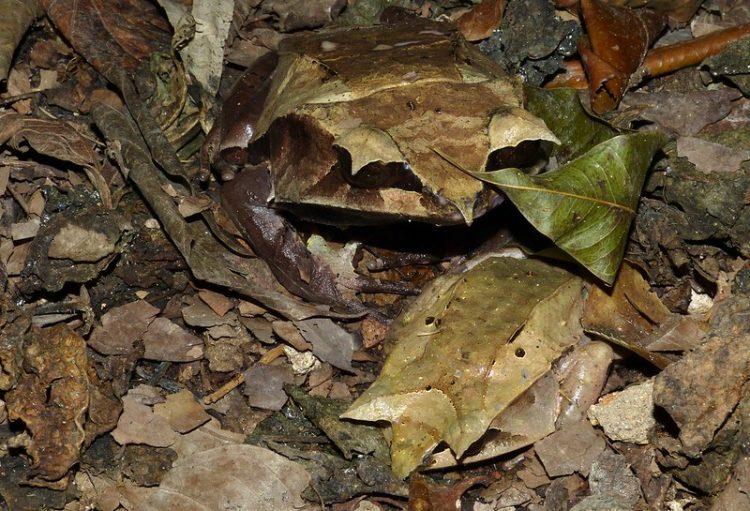The people of Haifa, a city in Northern Israel, have become used to sharing the streets with wild boars, or even seeing them rummage through their trash cans. The animals have become a part of thee local culture.
No one really knows when and why the boars decided to move from the ravines around Haifa into the city, but they’ve definitely been there long enough to no longer fear the human population anymore. Boars can be seen roaming the streets as cars drive by, digging through people’s trash right under their eyes, and even sleeping in the sun as humans walk past them. They’ve just adapted to the urban lifestyle, and most of the people here have had no choice but to get used to them as well. But while some now accept the wild boars as part of the local charm of Haifa, there are those who claim that something needs to be done about them.





















